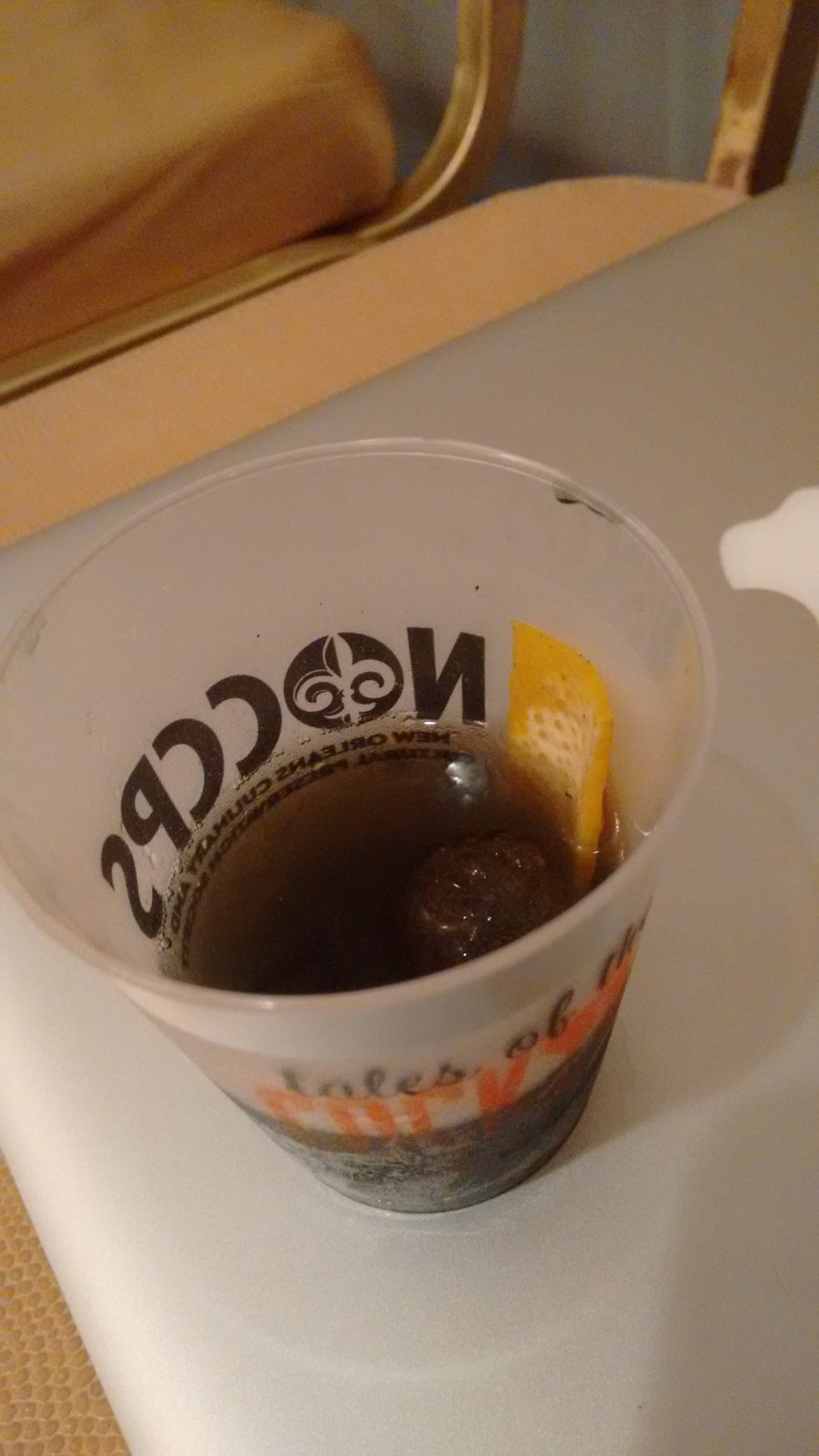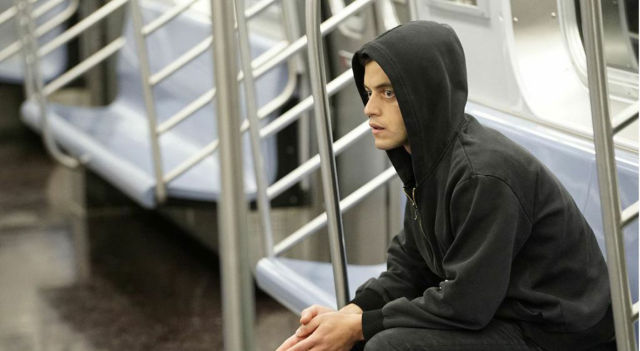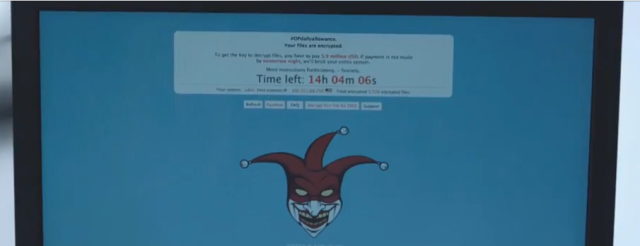
Enlarge / Not pictured here (or anywhere in this week's episode): Darlene. (credit: Michael Parmelee/USA Network)
Warning: This piece contains minor spoilers for the most recent episode of Mr. Robot (S2E8)
Mr. Robot staff writer and technical producer Kor Adana doesn't sleep much (four and a half hours is realistic while in the midst of production). Part of that comes from sheer volume of work. Adana holds the high-profile role of coming up with the show's famed hacks. He's involved in everything from generating an idea and recruiting consultants through the feasibility testing and onscreen portrayal. The entire process can take three or four months for a mere three or four seconds on-screen. On top of that, Adana also works to clear various technical products appearing on the show, leads Mr. Robot's many Easter egg initiatives, and contributes to the overall narrative (including writing an episode this season).
But nerves about Mr. Robot's reception week to week don't quite help Adana relax either, and this latest episode created more stress than usual. One week after the show ended on a cliffhanger with a gigantic plot reveal, Mr. Robot's most recent hour never even addressed the situation. Perhaps even more remarkably, it marked the first episode where main character Elliot Alderson didn't appear on-screen for a single second. As Adana tells Ars on this week's Decrypted podcast:






